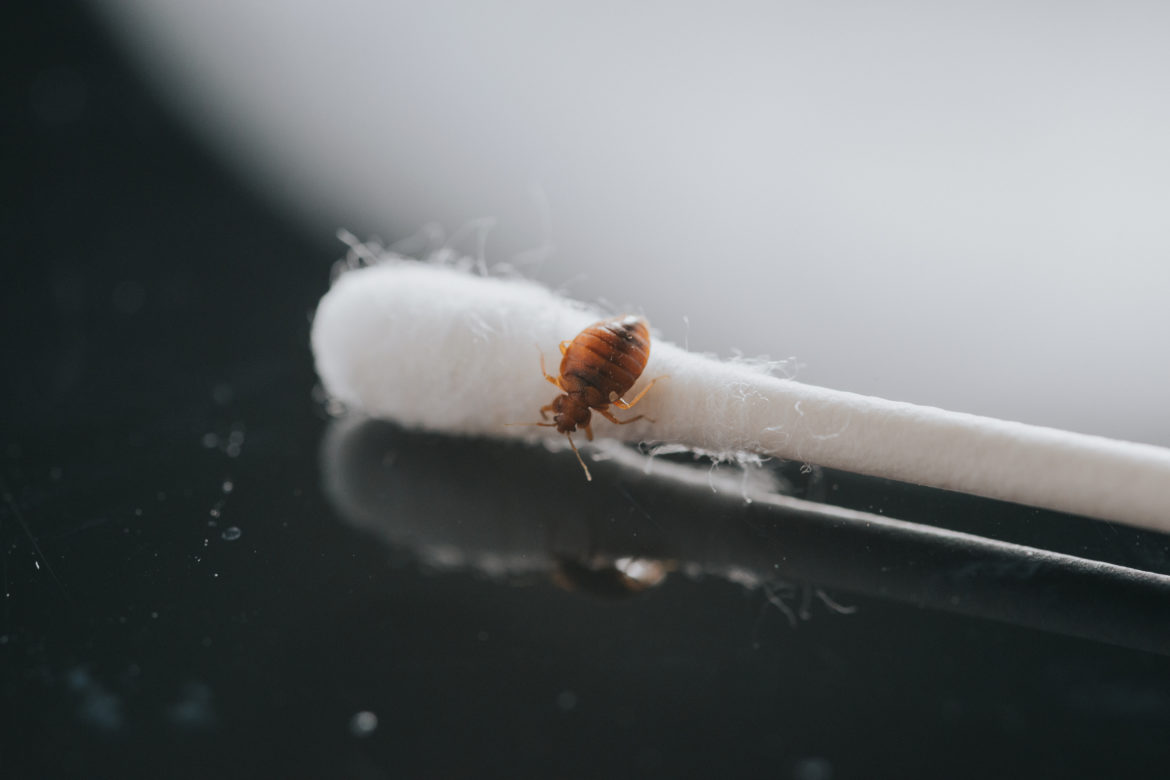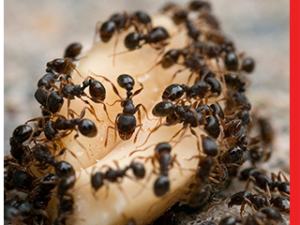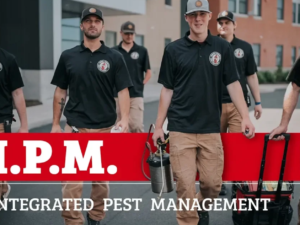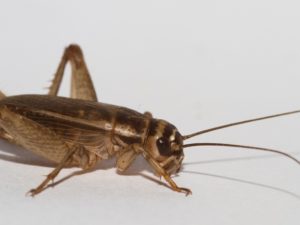
The organisms commonly referred to as “bugs” often include spiders, flies, daddy-long legs, and centipedes, just to name a few, but any creature that is commonly regarded as a “creepy-crawly” is almost certainly an arthropod of some species or another. Over one million species representing 80 percent of all currently living lifeforms on earth belong to the phylum Arthropoda, which includes all extinct and extant species of insects, arachnids, centipedes, millipedes, and crustaceans. As it happens, most people use the term “bug” incorrectly, as there actually exists a particular group of insects known as “true bugs.” True bugs can refer to all species in the order Hemiptera, but many experts believe that the term can only be appropriately applied to the 40,000 species in the suborder Heteroptera. Many species in this suborder have a common name containing the word “bug,” such as stink bugs, leaf-footed bugs, and seed bugs.
The insect order Hemiptera is made up of an estimated 50,000 to 80,000 species that are characterized by similarly structured mouthparts that feature a prominent and non-retractable syringe-like beak, or “rostrum.” Many non-hemiptera insects possess a rostrum of sorts, but Hemiptera species are unique for relying solely on their rostrum for food consumption, as they have no chewing mouthparts. The most well known Hemiptera insects that are not considered common indoor pests include aphids, leafhoppers, cicadas, and most stink bug species. The vast majority of Hemiptera species are herbivores that use their rostrum to pierce plant tissue in order to suck out tasty sap. The bed bug is the only Hemiptera species that has adapted to feed primarily on human blood-hosts, though kissing bugs in the Reduviidae family also rely heavily on human blood for sustenance.
Kissing bugs can only be found in the southern half of the US where they are considered a growing public health threat due to the increasing number of wild specimens found to be carrying the parasite that causes chagas disease in humans. Several close relatives of the common bed bug occasionally feed on human blood, and they sometimes migrate indoors from infested bird nests situated on the exterior sills and ledges of homes. The most commonly controlled bed bug relatives include bat bugs, chimney swift bugs, swallow bugs, and tropical bed bugs, the last of which can only be found in Florida, while the first two are prevalent in New York state.
Have you ever sustained a bite from a true bug?













